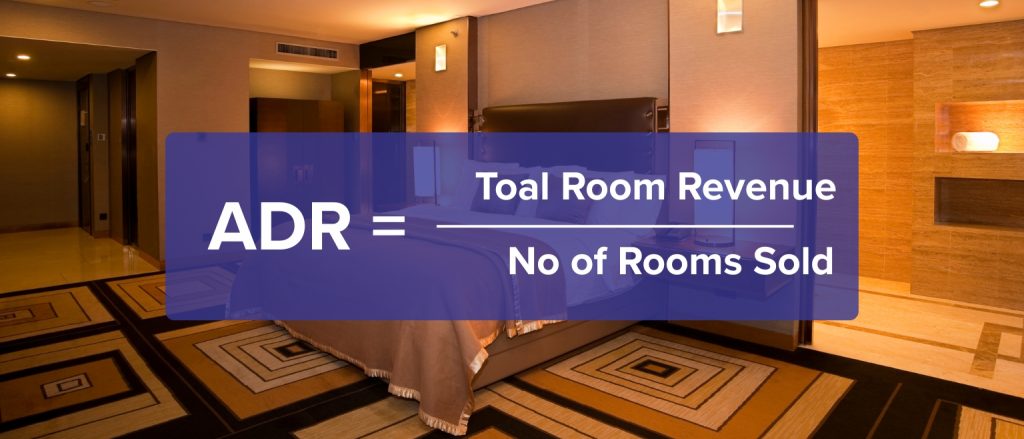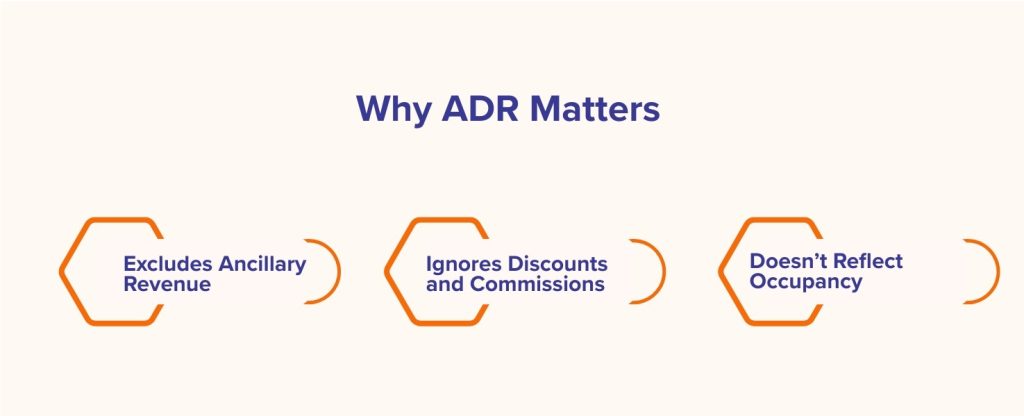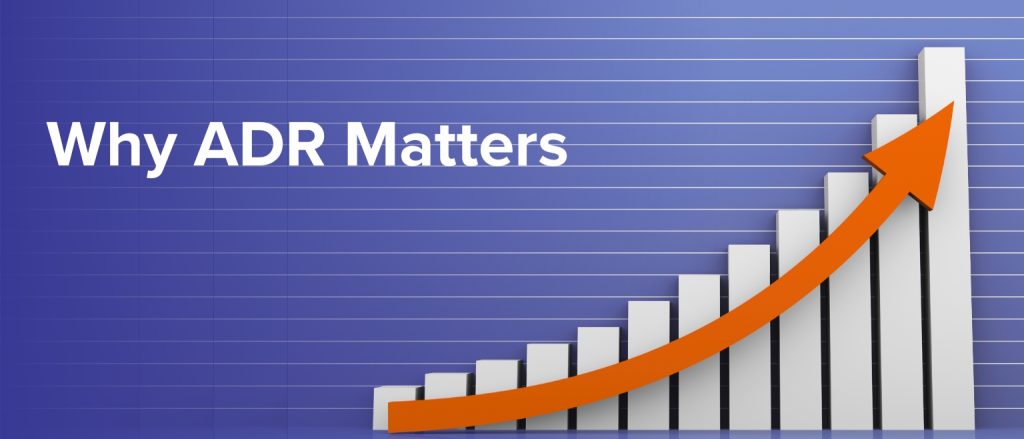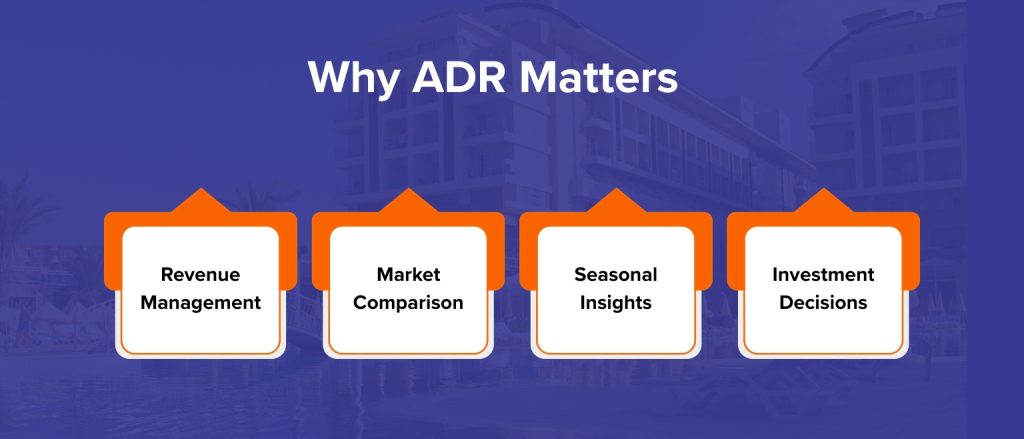When navigating the hospitality world, you may come across the term “what is ADR in the hotel industry.” ADR, or Average Daily Rate, is a critical metric that helps hoteliers understand the revenue generated per occupied room on a given day. By analyzing ADR, hotels can optimize pricing strategies, track performance, and make informed business decisions.
Understanding What is ADR in the Hotel Industry

The Average Daily Rate (ADR) is one of the most important key performance indicators (KPI) in the hospitality industry. It measures the average rental income earned for each room sold over a specific period. Unlike occupancy rate, which tracks how many rooms are filled, ADR focuses solely on revenue generation, giving hotel managers a clear view of how much each booked room contributes to total income.
For example, a hotel may have 80% occupancy, but if the ADR is low, it means that the revenue from each room isn’t optimized. By monitoring ADR regularly, hotels can adjust room rates strategically, ensuring they maximize profit from each booking.
Why ADR Matters

- Revenue Management: ADR helps hotels forecast revenue and make informed pricing decisions.
- Market Comparison: By comparing ADR with competitors, hotels can gauge whether they are pricing rooms appropriately.
- Seasonal Insights: Tracking ADR over time reveals patterns, such as high-demand seasons or slow periods, allowing hotels to adjust rates accordingly.
- Investment Decisions: Higher ADR often indicates a property’s ability to generate more revenue, which is crucial for investors or property owners.
How ADR Works in Practice

The ADR shows the average revenue a hotel earns per room sold. A rising ADR indicates that the hotel is successfully charging more per room or attracting higher-paying guests, while a declining ADR may signal the need to revisit pricing strategies.
Hotels often use several methods to improve ADR:
- Upselling: Encouraging guests to choose premium rooms or add-ons like spa packages.
- Promotions: Offering limited-time deals to attract higher-paying guests during low-demand periods.
- Dynamic Pricing: Adjusting room rates based on market trends, events, or seasonal demand.
- Value-Added Services: Adding perks such as free breakfast, airport transfers, or in-room amenities that justify higher rates.
External factors like the economy, local tourism trends, and competitor pricing also significantly impact ADR. Monitoring ADR alongside occupancy and market trends allows hotels to make strategic pricing adjustments that optimize revenue.
How to Calculate ADR

Calculating ADR is straightforward. The formula is:
ADR=Total Room Revenue/Number of Rooms Sold
Important: Complimentary rooms, staff rooms, and rooms given away as part of promotions are excluded from this calculation.
Example:
A hotel earns $60,000 from 600 rooms sold over a week. The ADR would be:
ADR=50,000/500=100
This means the hotel earned an average of $100 per occupied room. Tracking this metric daily, weekly, and monthly helps hotels identify trends and adjust strategies accordingly.
ADR vs. RevPAR: Understanding the Difference
While ADR measures the average revenue per room sold, Revenue Per Available Room (RevPAR) combines ADR with occupancy rates to reflect total revenue efficiency.
For instance, a hotel may have an ADR of $150 with 70% occupancy. Its RevPAR would be:
RevPAR=ADR*Occupancy Rate=150*0.7=105
Here, RevPAR shows the revenue generated per room available, not just sold. By analyzing both ADR and RevPAR, hotel managers can identify pricing or occupancy issues. For example:
- High ADR, low RevPAR → Rooms are priced high but aren’t selling.
- Low ADR, high RevPAR → Rooms are filled but revenue per room is low.
Limitations of ADR
While ADR is a valuable metric, it doesn’t tell the whole story:
- Excludes Ancillary Revenue: ADR only measures room revenue, not income from food, beverages, or services.
- Ignores Discounts and Commissions: Discounts, third-party commissions, or promotional offers can distort ADR.
- Doesn’t Reflect Occupancy: High ADR with low occupancy may indicate inefficiency in filling rooms.
To get a full understanding of hotel performance, ADR should be analyzed alongside occupancy rates, RevPAR, and total revenue figures.
Practical Tips to Boost ADR
Hotels looking to increase ADR can consider:
- Segmented Pricing: Monitor and adjust segmentation pricing. Implement strategies to drive your greatest producing segments and minimize lower producing segments.
- Market Trends: Pay attention and be responsive to pickup pace and competitive pricing.
- Bundled Packages: Combine room stays with experiences like dining, tours, or spa treatments.
- Online Visibility: Optimize listings on booking platforms to attract higher-paying guests.
- Targeted Promotions: Use marketing campaigns aimed at peak seasons or special events.
- Room Type & Upgrade Strategies: Evaluate room types and upgrade opportunities. Charge premiums where opportunities exist.
- Focus on Mid- & Upper-Level Segments: Reduce reliance on your lowest-rated segments and replace them with mid- and upper-level offerings.
By strategically managing ADR, hotels can maximize revenue, attract the right clientele, and stay competitive in the market.
At The Reputation Lab, we help hotels maximize both revenue and reputation. Our services include:
- Review Response: Engaging with guest reviews across all major platforms to maintain a strong brand presence and leverage marketing opportunities.
- Reputation Enhancement & Management Service (REM): A comprehensive program aimed at improving review performance, training staff, and driving measurable results.
By combining insights like ADR with effective reputation management, hotels can ensure their rooms are not only booked but also optimized for profitability and guest satisfaction.




